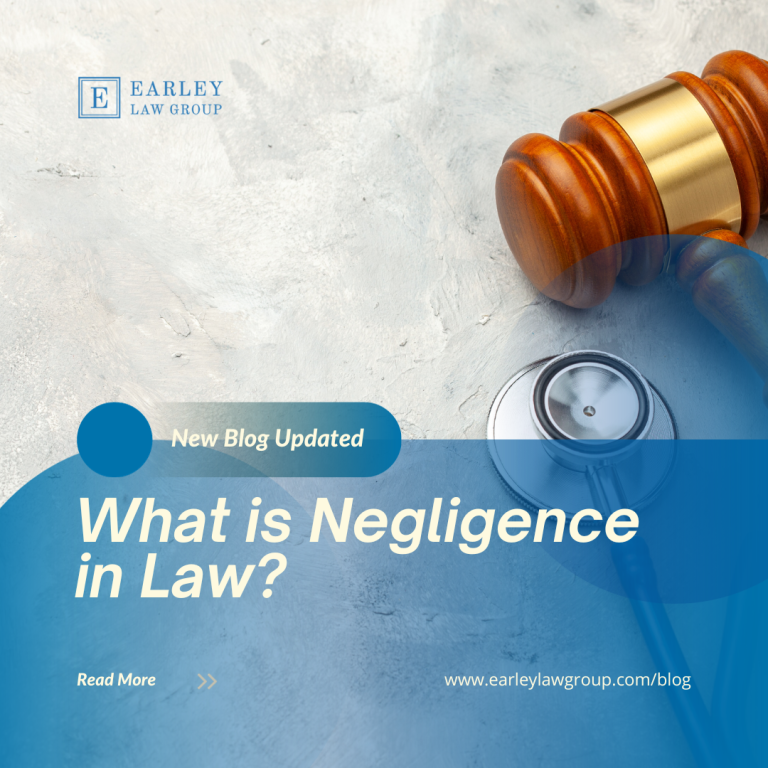
Negligence is a fundamental concept in personal injury cases, serving as the linchpin in establishing who is held liable. If negligence cannot be proven, a personal injury case is likely to fail. In this comprehensive article, we will explore the definition of negligence, its everyday meaning, and its legal interpretation.
Additionally, we will delve into the crucial elements required to demonstrate negligence in a personal injury lawsuit, with a particular focus on the four key components: Duty of Care, Breach of Duty, Causation, and Damages. We will also touch upon the varying rules for apportioning fault in cases involving partial negligence.
Negligence: The Everyday vs. Legal Definition
In everyday language, negligence is often described as “failure to take proper care in doing something.” However, this definition is too broad for the precise standards of civil lawsuits. In the field of law, common negligence or severe negligence is characterized as “the lack of providing the level of care towards others that a sensible or cautious individual would exhibit in identical or comparable situations.” This legal definition distinguishes between everyday mishaps and cases where someone’s actions genuinely fall below the expected standard of care.
The Four Elements of Negligence:
To prove negligence in a personal injury case, lawyers must establish four essential elements:
- Duty of Care (Standard of Care):
The first element is demonstrating that the defendant had a duty of care toward the injured party. Duty of care signifies the obligation to act with reasonable caution and good sense, as established by existing laws. For instance, all drivers have a duty to exercise care on the road by obeying traffic laws and driving responsibly. - Breach of Duty:
After establishing a duty of care, it is necessary to prove that the defendant breached this duty by failing to act with reasonable care. An example of a breach of duty is a driver running a red light, violating traffic laws and endangering others. - Causation:
Once a breach of duty is proven, it is crucial to demonstrate that the defendant’s actions directly caused the injuries or harm suffered by the plaintiff. The causation must be a proximate cause, a fairly direct link between the defendant’s actions and the injuries. Expert witnesses, such as doctors, may be called upon to establish this connection. - Damages:
Finally, to establish negligence, it must be shown that the defendant’s actions resulted in actual harm or injury to the plaintiff, which can be quantified in terms of monetary damages. This includes medical expenses, lost wages, property damage, and pain and suffering.
Partial Negligence: Comparative vs. Contributory Negligence
In some cases, multiple parties may share the blame for an accident. Different states employ distinct rules for allocating compensation when both the plaintiff and defendant bear some responsibility.
Comparative Negligence:
- Pure Comparative Negligence: Under this rule, the plaintiff can collect damages irrespective of their degree of fault, as long as the defendant is also partially responsible. The compensation is determined by the percentage of fault assigned to each party.
- Modified Comparative Negligence: In states with this rule, the plaintiff can only collect damages if their fault is less than a certain threshold (often 50% or 51%). If the plaintiff’s fault exceeds this threshold, they receive no compensation.
In Massachusetts, negligence is the legal foundation for people to file claims and seek compensation when they’ve been harmed. It’s a type of wrongdoing, known as a tort, where someone’s actions break a duty they owe to others, causing harm and legal responsibility. In simple terms, negligence is when someone’s careless actions hurt others and lead to damages.
Contributory Negligence
In states following pure contributory negligence, the plaintiff loses their right to compensation if they bear any responsibility for their injuries, regardless of how minor their contribution was. States with this rule include Alabama, Maryland, North Carolina, and Virginia. Washington, DC also applies pure contributory negligence but makes exceptions for motor vehicle accidents involving pedestrians and bicycles.
Conclusion
Negligence stands as the cornerstone in personal injury claims, where proving that the defendant owed a duty of care to the plaintiff is pivotal. The establishment of this legal duty, coupled with evidence showing that the defendant breached their duty of care, forms the crux of a successful negligence case. Demonstrating a clear link between the defendant’s actions and the harm suffered by the plaintiff solidifies the case, emphasizing the importance of establishing a duty of care to the plaintiff.
In going through the difficulties of negligence claims, seeking the counsel of an experienced personal injury lawyer becomes imperative, ensuring a comprehensive approach to show that the defendant failed in their obligation, leading to tangible damages for the plaintiff.
If you think you have a negligence case, please contact us for a free consultation!
 Call Earley Before It’s Too Late!
Call Earley Before It’s Too Late!